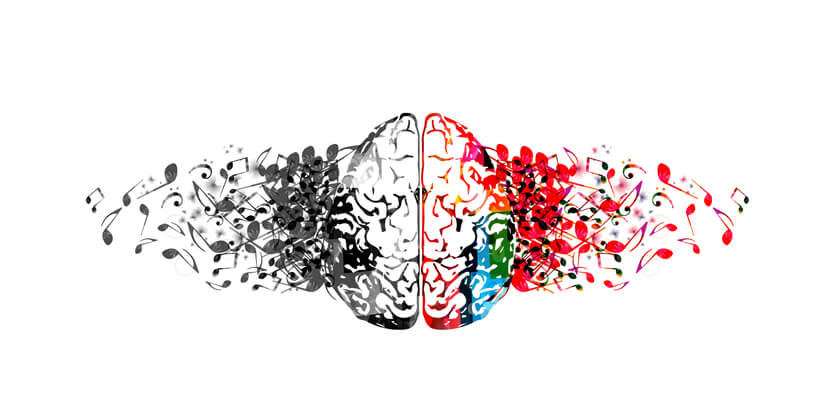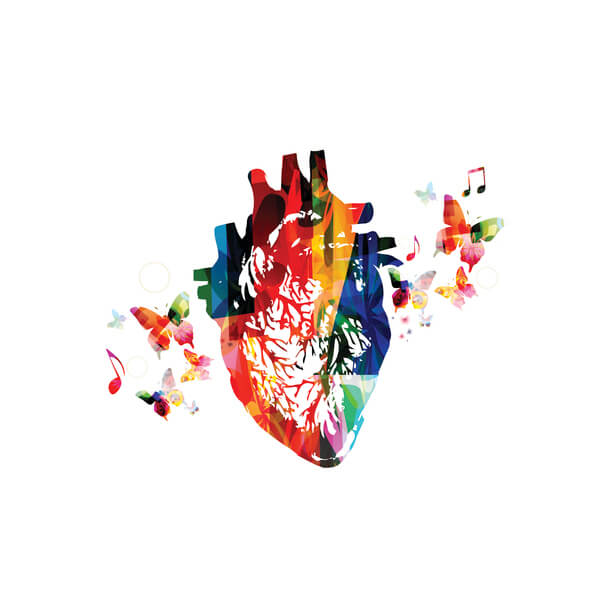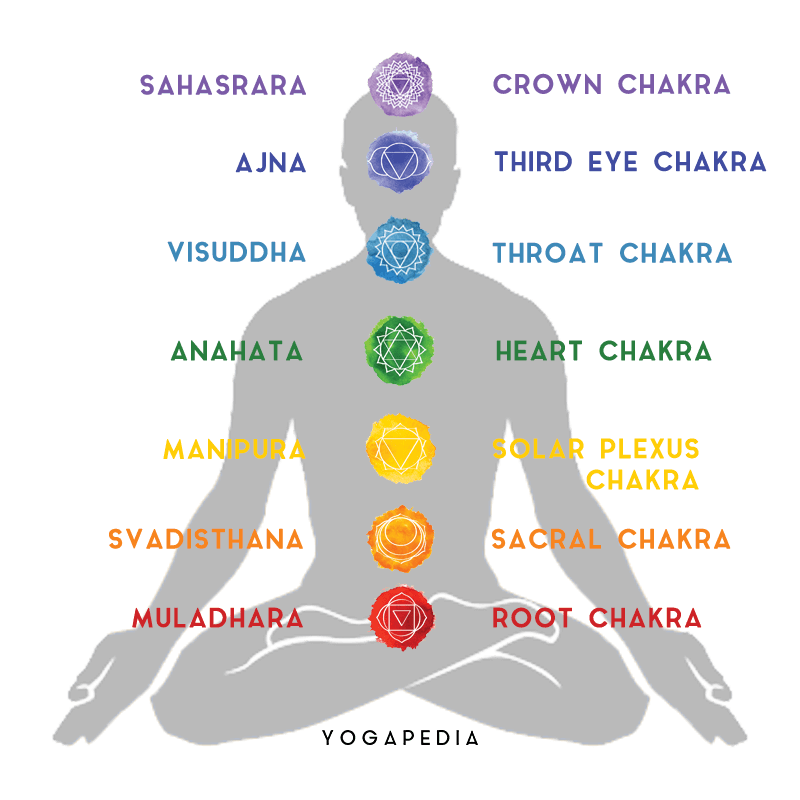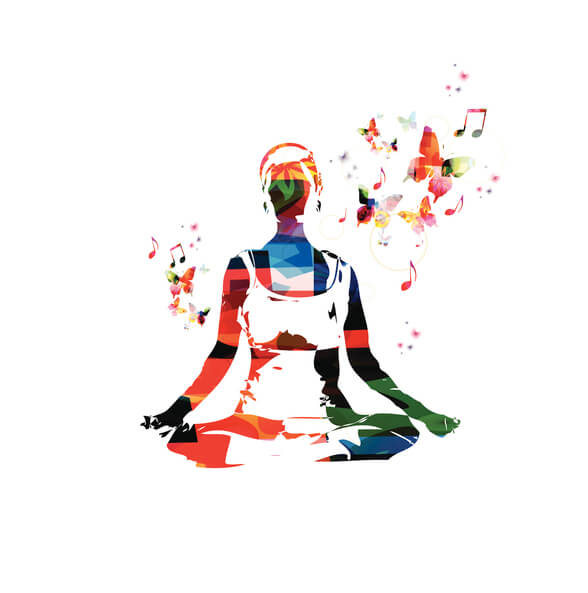Integrating my body into my emotional healing was one of the best decisions I have ever made.
As a therapist, I noticed that the clients who could connect their bodies to their minds and learn to soothe their physiological responses often seemed to find the most emotional relief.
When I became a yoga teacher, I experienced how yoga can create an draftl opportunity for the mind-body connection to develop, which allows us to get to the root of disordered moods and emotional swings.
In this article, I focus on how yoga helps us deal with emotional swings by creating self-awareness, using the breath to relax and soothe the entire nervous system, and the value of a physical practice to move stuck energy.
Awareness
Becoming aware of ourselves is a practice and a skill that can develop with repetition and opportunities for self-exploration.
One of my favorite psychiatrists, Dr. Dan Siegal, talks about the concept of “name it to tame it.” This is the practice of bringing awareness to what emotional response is happening in order to tame the response.
With yoga, you learn to slow things down and tune into what is present in this moment.
This includes internal and external; emotional, mental, and physical states.
You notice sensations in the body, your series of thoughts, and how the two interact with one another.
An important element of “name it to tame it” is the way the practice integrates the right and left hemispheres of the brain.

By connecting with the body and the emotional response, you connect with the right hemisphere. Then, you activate the left hemisphere by engaging your linguistic reasoning by naming the emotion and rationalizing the experience.
Connecting these two hemispheres in moments of stress is shown to soothe the entire nervous system and is even linked to higher levels of emotional and intellectual intelligence. (Learn more in Unlock the Stress in Your Body With Healing Yoga Techniques.)
Breathe
The breath is one of the most important tools for physiological regulation of the body and mind.
When beginning to practice yoga, students often begin with observing and controlling their breath.
Many argue that the breath is the cornerstone to any yoga or mindfulness practice.

It is your physical connection to the earth – as you exchange oxygen and carbon dioxide with other living organisms.
It is also your connection to your own body and it is an automatic response. You can therefore learn a lot about how you are unconsciously responding to your environment by observing your breath.
Noticing how your breath changes during a focused yoga practice develops this skill in such a way that it becomes easier in your everyday life as well. (Learn more in Exhale Your Anxiety With These Mindfulness Practices and Breathing Techniques.)
This awareness then translates to your everyday life by giving you physiological clues when you are becoming upset or emotional.
Relax
Taking deep, long, and intentional breaths can also help to activate the parasympathetic nervous system, which allows you to actually relax.
The parasympathetic nervous system can be remembered as the “rest and digest” system, whereas the sympathetic nervous system can be remembered as the “fight or flight” system.
When you are experiencing emotional swings, you are likely activating the sympathetic nervous system. This system was designed to allow for human survival, which is why it shuts down digestion and readies the body to fight or run by activating muscles and creating a hyper-alert mind.
Unfortunately, many of us get stuck in this state.

I believe we get stuck because of this world that expects us to be constantly taking in information – whether that be through a smartphone, billboards, driving a vehicle, or any other of the ways that we’ve evolved to become hyper-alert.
It is no longer about survival, but the brain still thinks it is.
Focusing on the breath can take you into your body and its sensations, allowing you to connect with the present moment and activate the parasympathetic nervous system, which will slow down your heart rate and calm your entire self. (Learn more in Stress vs Self-Care: How to Elicit the Relaxation Response.)
The breath can help to create space to let go of whatever stories you have created that are causing emotional swings.
To calm your nervous system with deep breathing, you can aim to have your exhalation twice as long as your inhalation.
When you notice you are over-excited and suspect you are in a fight or flight/sympathetic nervous system activation, you can focus on your breath and extending your exhalations.
If you choose to do a physical yoga practice, it would be most effective to practice a style that is slow paced or gentle so that you are not speeding up your heart rate and maintaining sympathetic nervous system activation. (Learn more in Managing Your Emotions and Why.)
Get The Energy Flowing
There are many physical ways that a physical asana practice is believed to affect the energy flow in the body.
The chakras in your body are believed to be directly linked to emotional disturbances, and whether or not you are emotionally balanced in specific areas depends on if energy can move freely or not through those chakras.

For example, the Anahata or heart chakra may be blocked if you are feeling emotionally cold, unloving, closed off or fearful. An asana like matsyasana (fish pose) or any other heart opener is said to open the heart and allow for energy to move more freely.

The Sivananda yoga series actually takes you through a specific sequence meant to balance the body and mind energetically by moving through each of the chakras through asana. (Learn more in Sivananda Yoga: A Spiritually Expanding Practice of Set Asana, Pranayama and Mantra.)
Depending on what your emotional blockages or imbalances might be, you might choose other styles of yoga to create more harmony.
For example, if you have been struggling with symptoms of depression like lethargy or lack of motivation, a firey or active vinyasa practice may be able to get your energy flowing and bring you some relief from these symptoms.
As mentioned earlier, if you feel hyper-alert or anxious, a slower practice may be what is needed. It is all about tuning into yourself to find what you need to create balance.
Less Stress, Less Mess
To this day, there are certain emotional breakthroughs that only seem to come for me in the space that I create on my yoga mat.

I can feel and hear myself a little more clearly and I am better able to tune into my current state of being.
Studies show that yoga does in fact help us regulate stress by lessening our physiological arousal (lower blood pressure, reduced heart rate, and easier breathing), which allows us to be better able to deal with any emotional swings and overall lessen the intensity of emotional reactions. (Learn more in Why Yoga Strengthens the Mind According to Science.)
You can create the awareness, skills to self soothe, and the mental-emotional-physical integration that is necessary to deal with your own emotional fluctuations through the holistic practice of yoga.
During These Times of Stress and Uncertainty Your Doshas May Be Unbalanced.
To help you bring attention to your doshas and to identify what your predominant dosha is, we created the following quiz.
Try not to stress over every question, but simply answer based off your intuition. After all, you know yourself better than anyone else.